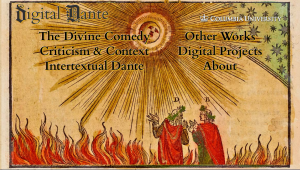A Newberry Library Project
“A self-help tool that provides integrated access to an archive of historically significant, visually captivating manuscripts held in the collection of the Newberry Library and other North American repositories. Via interactive maps, faceted browsing, and keyword searches, users can explore more than 100 French manuscript documents written between 1300 and 1700, page through a dozen historical calligraphy books, view a half-dozen historical maps, practice transcribing the documents, and more.
To use the transcription tool, users must create an account, in order to save their work. You can see all the other parts of the site–manuscripts, calligraphy books, maps, resources, reference tools, and so forth–without creating an account first.
This project is supported by a grant from The Andrew W. Mellon Foundation.”



